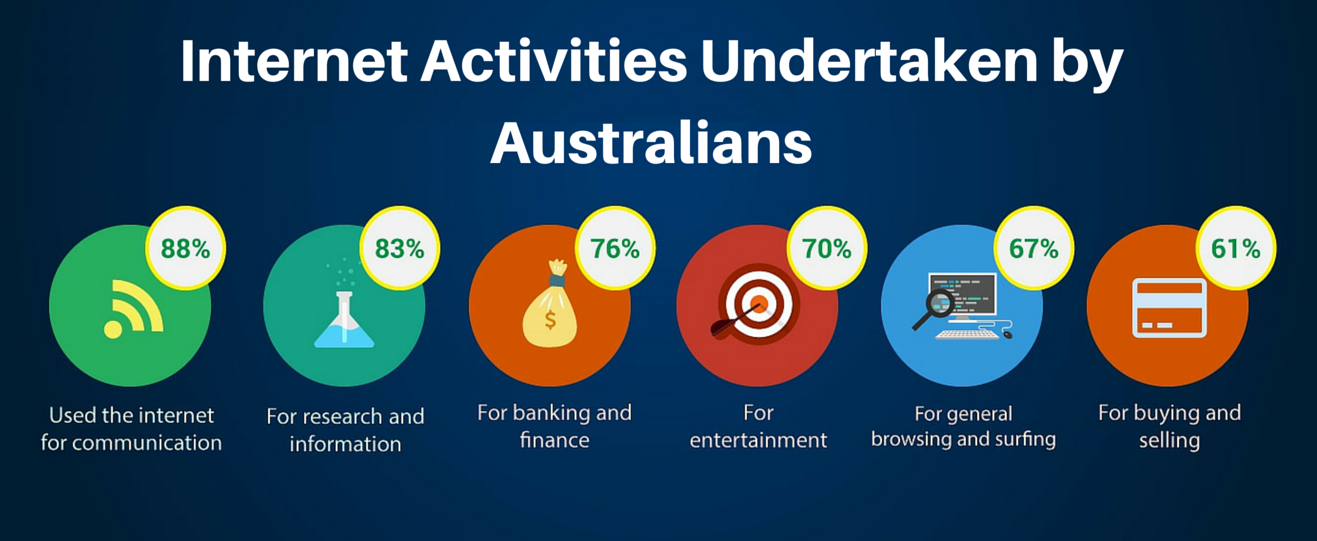
Does Your Ecommerce Store Really Need A Responsive Website?
Despite a large amount of contemporary literature and discussion on the matter, there are those that are yet to be convinced of the real benefits that come with a responsive design for eCommerce websites. The fact is that compelling evidence does exist, and it’s backed by data that tracks the behaviour of Australian consumers shopping online.
As a business owner in any industry, it’s important to have your ear to the ground in terms of market trends and how your customer base is behaving as time goes on.
In the online world, where things move at lightning speed and online behaviour can be monitored fairly easily, doing so is imperative if you want to keep up with or beat the competition.
Is Responsive Design Essential for eCommerce Business?
The relationship between Australians and their mobile devices is something that has been of great interest to website owners and marketers over the past 5+ years.
A recent study has shown that we have considerably changed our patterns of online engagement during the period since 2011.
In this period, the percentage of Australians regularly accessing the internet on their phones has more than doubled – going from 21% of the population in 2011 to 55% today- a 161% increase in total. This being the case, it’s no surprise that the percentage of adults using a smartphone as their main phone has almost tripled, from 25% in 2011 to 72% in 2015- a 188% increase.
Pictorial Representation of Australians’ Internet Activities
Based on their online activity, the study also suggests that of these, 88% used the internet for communication, 83% for research and information, 76% for banking and finance, 70% for entertainment, 67% for general browsing and surfing and 61% for buying and selling.
The fact that such a large proportion of people are using the internet for online transactions suggests that eCommerce will soon dominate the Australian digital landscape. In addition, the skyrocketing trend of the mobile internet suggests that a seamless mobile site experience is going to be the determining factor for business success.
Why Does Responsive Design Matter?
According to a research on persuasive design conducted at Stanford University, there are three fundamental factors that must coexist in order to induce the users to perform a target behaviour.
The users must be motivated, they must have sufficient ability and there must be an effective trigger that transmutes potential action to kinetic interaction. This suggests that for website owners, having a website that shows up nicely and can be browsed easily on a smartphone is the key to holding the visitors’ attention, winning them over, thereby making more sales.
Often you can look at your own habits online and form an opinion about the behaviour of others. If you’re browsing for information and the website you visit is tricky to navigate or get to the products section, for example, often you’re closing the tab before you even realise it.
Gone are the days when you had to resize and zoom-in constantly to read the information or to click a link. People don’t want to be waiting, scrolling and trying to read small text on a small screen. They need to be spoon-fed and most of them have high expectations; if your website fails to give them what they’re looking for within a few seconds, you’ve probably lost them.
Related article: What is Responsive Web Design?
How to Test Responsive Design?
There are a number of free tools, e.g., Google Mobile-Friendly Test, Responsive Design Checker, Screenfly, that allow you to see how your website looks on different devices and how the experience comes across.
While the first tool only tests whether your site is mobile-friendly, the later ones enable you to see and feel how your website is displayed across the wide range of desktop, tablet and smartphone platforms.
The process to find out a website’s responsiveness using these tools are quite effortless and seamless. For example, the Responsive Design Checker tool requires you to only provide the URL and select one of the sizes from the assortment of displays to find out and show you whether your website is responsive or not. It’s just this easy!
The Takeaway
All research and the skyrocketing trend of mobile internet usage suggest that a seamless mobile site experience is becoming increasingly important. Therefore, having a responsive website is essential not only for making more sales but also for building your brand identity and developing a lasting relationship with your customers, indicating it is going to be the key component to your business success.
To cap it all off, the following is a comprehensive and compelling infographic depicting ten of the most amazing statistics about Responsive Website, which is a must-know for anyone having a website:
You read a lot. We like that
Want to take your online business to the next level? Get the tips and insights that matter.




